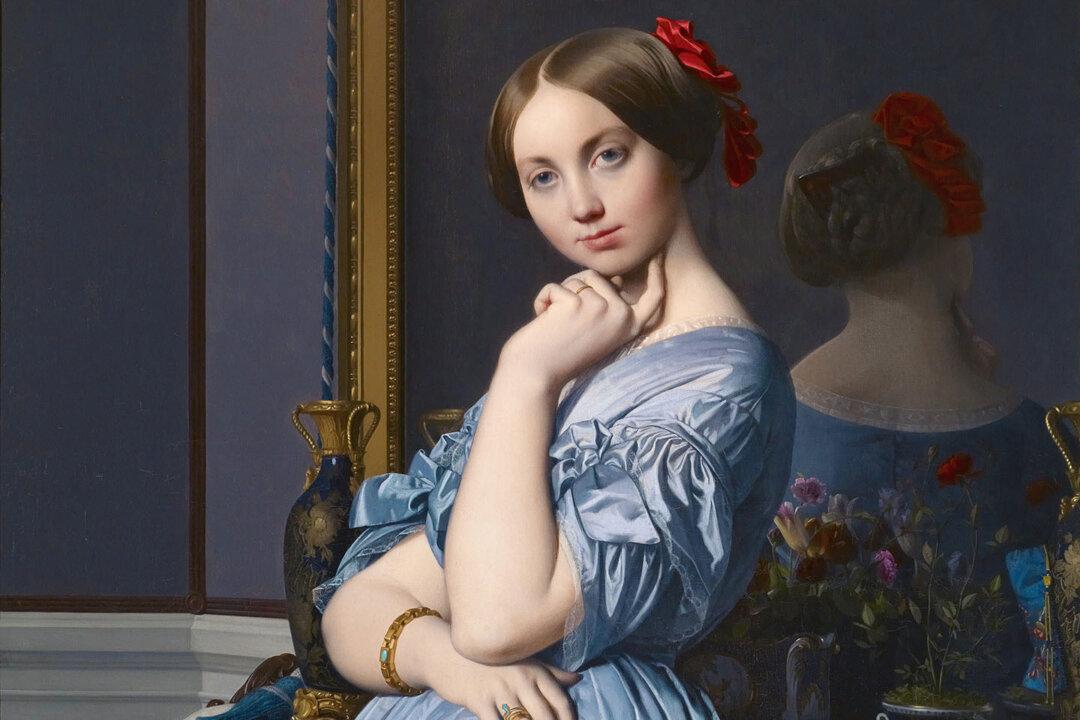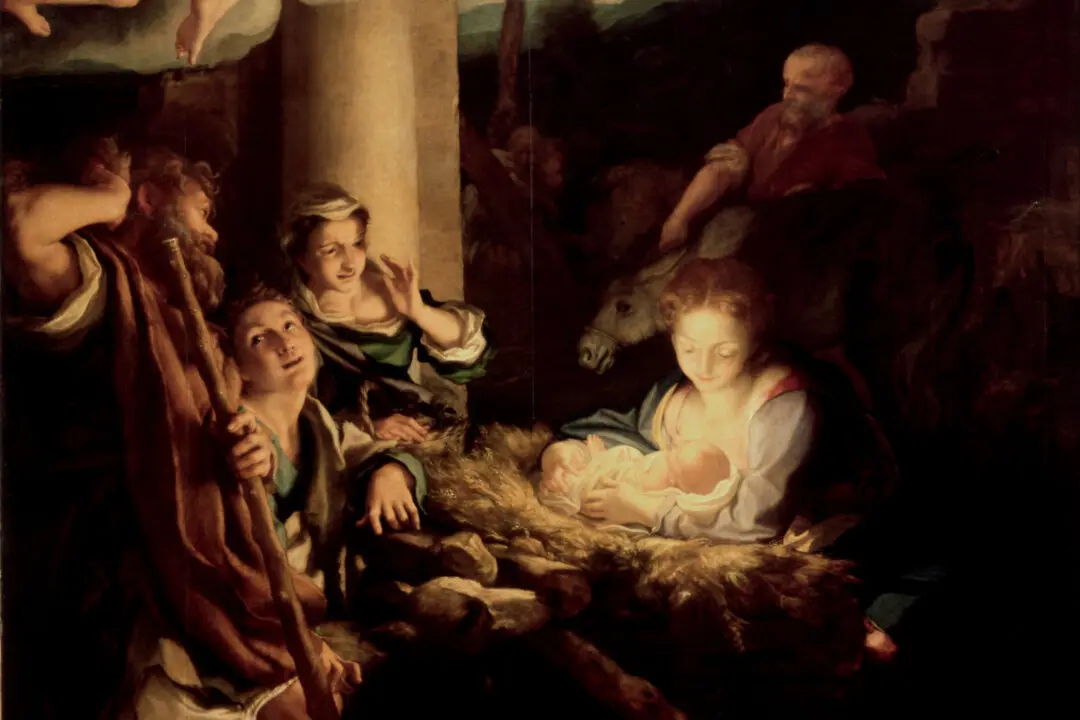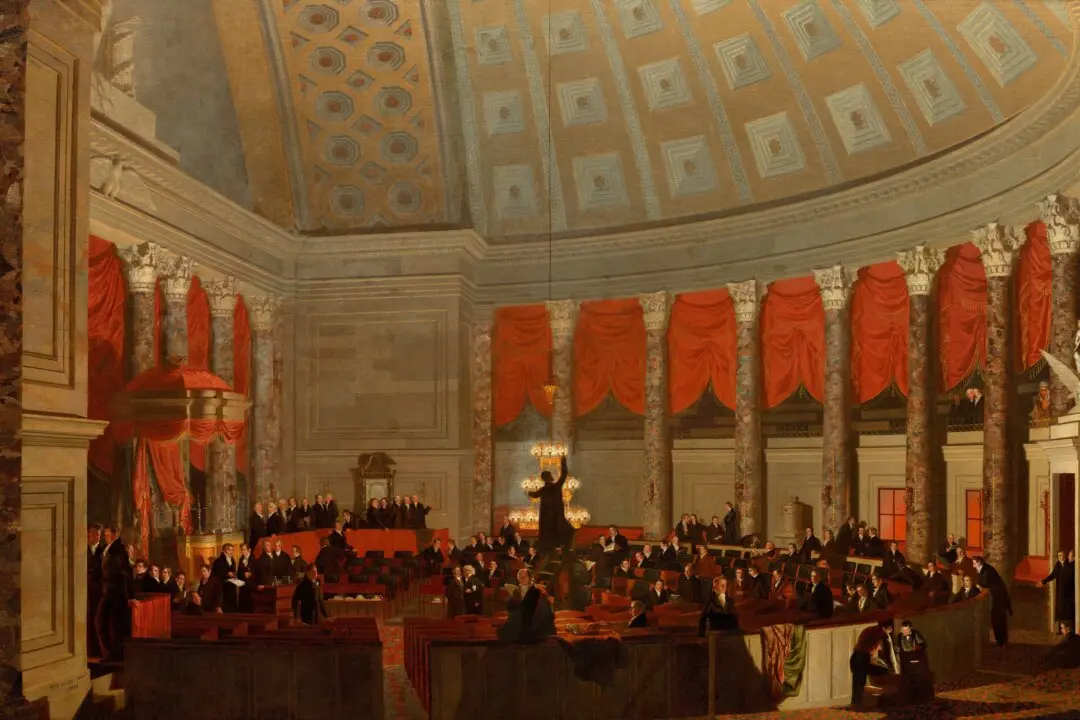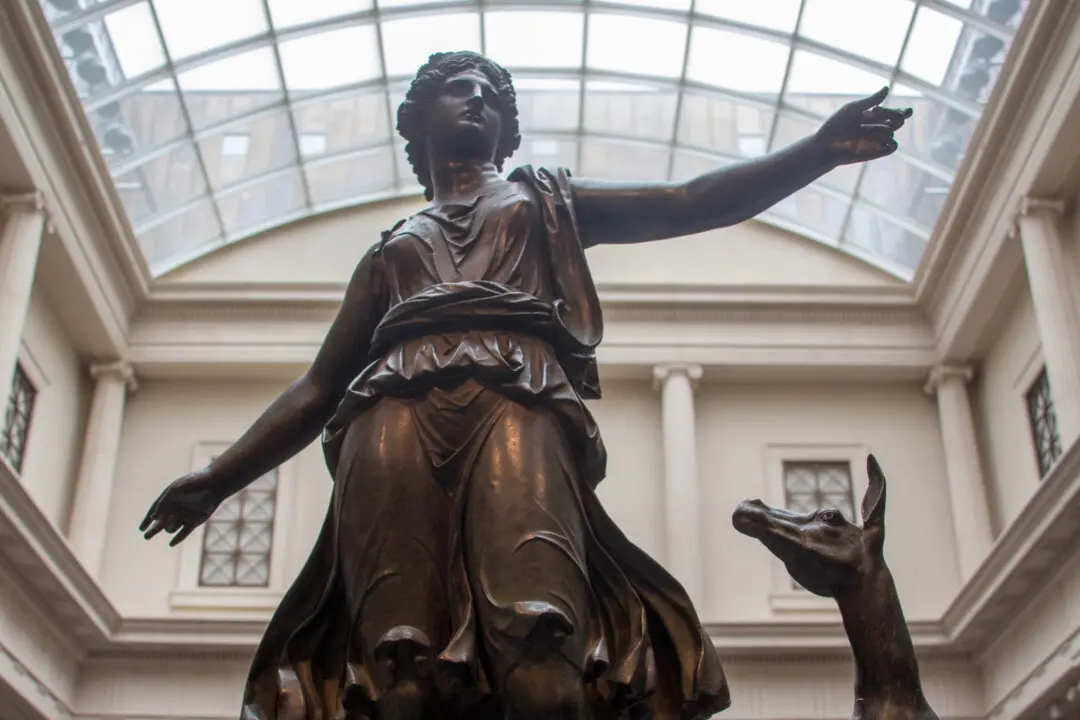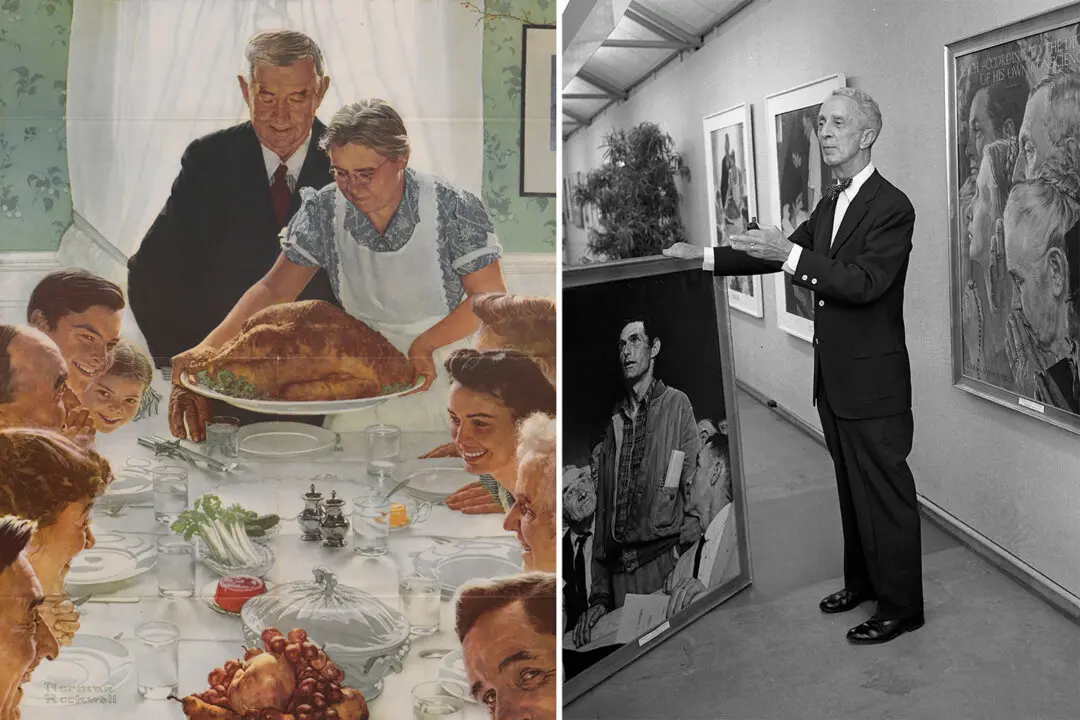Two celebrated belles of mid-19th-century Parisian society were Louise de Broglie, Countess d'Haussonville, and Joséphine-Eléonore-Marie-Pauline de Galard de Brassac de Béarn, Princesse de Broglie. They were “les belles-sœurs,” sisters-in-law, and each was immortalized in a spectacular portrait by the renowned French painter Jean-Auguste-Dominique Ingres. These paintings now reside, respectively, at The Frick Collection and The Metropolitan Museum of Art and are emblematic of their institutions, frequently used as publicity images, and beloved by visitors.
Ingres, esteemed by scholars as the preeminent 19th-century portraitist and one of art history’s greatest draftsmen, trained in the Neoclassical style under Jacques-Louis David. Building on this Neoclassical framework, Ingres developed his own original, distinctive style. Drawing on elements of Romanticism and Middle Eastern designs, he created artworks that are always refined and beautiful. Ingres’s precise draftsmanship demonstrated his neoclassical training under David; however, his stylized contours and anatomical elongations asserted his originality and set the stage for the later Romantic movement in art.

